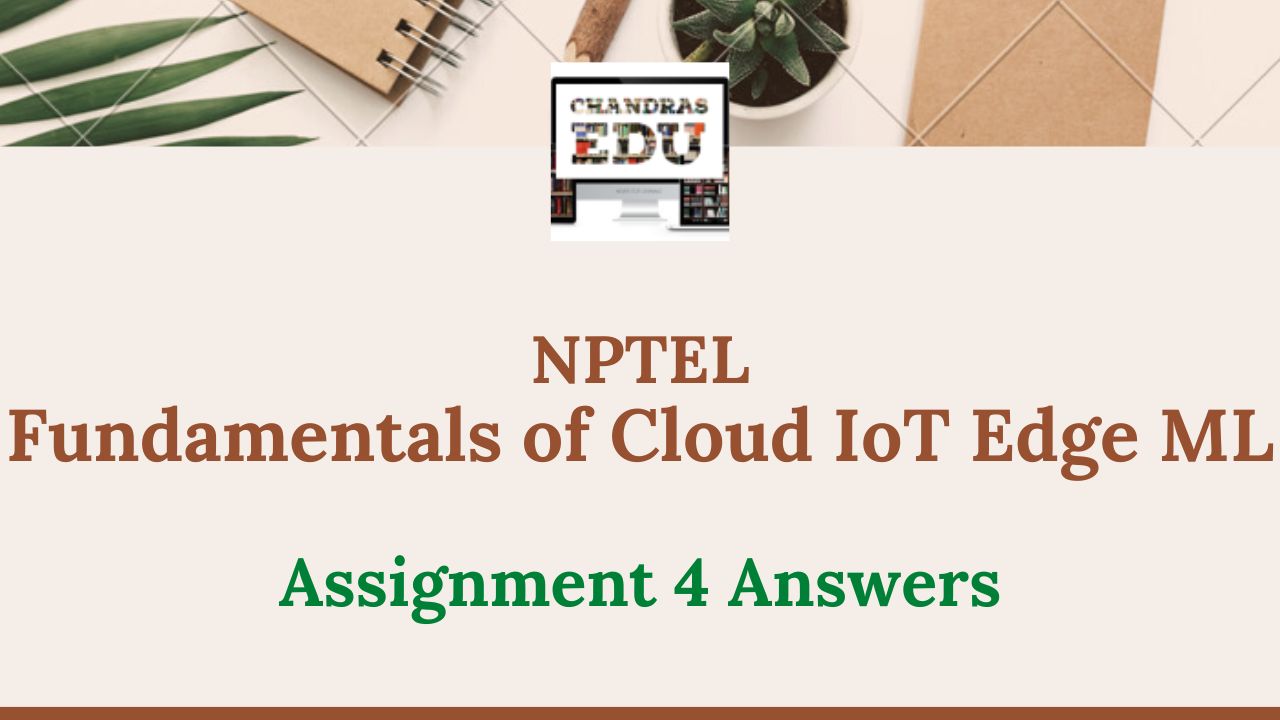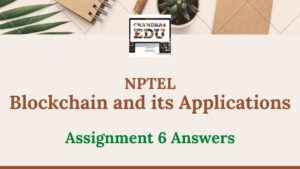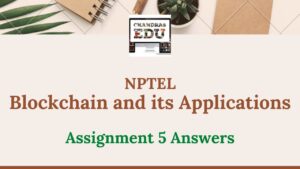Fundamentals of Cloud IoT Edge ML Assignment 4 Answers
1) ________ orchestrates clusters of virtual machines and schedules containers to run on those virtual machines based on their available compute resources and the resource requirements of each container.
- Kubernetes
- Docker
- Orchestrations
Answer: Kubernetes

2) The main functions of kubelet service are:
- Register the node it’s running on by creating a node resource in the API server.
- Continuously monitor the API server for pods that got scheduled to the node.
- Start the pod’s containers by using the configured container runtime.
- All of the above
Answer: All of the above

3) Container runtime takes care of:
- Pulls the required container image from an image registry if it’s not available locally.
- Prepares a container mount point.
- Alerts the kernel to assign some resource limits like CPU or memory limits.
- All of the above
Answer: All of the above

4) ________ is an open platform for developing, shipping, and running applications that enables to separate your applications from infrastructure to deliver software quickly.
- Kubernetes
- Docker
- Orchestrations
Answer: Docker

5) The _________ listens for docker API requests and manages docker objects such as images, containers, networks, and volumes. The _________ is the primary way that many docker users interact with docker.
- Docker daemon, Docker client
- Docker daemon, Docker registry
- Docker object, Docker registry
- Docker object, Docker client
Answer: Docker daemon, Docker client

6) Analysis of a time series data involves decomposing the series into its constituent parts which include _________
- Only trend
- Only seasonal effect
- Neither trend nor seasonal trend
- Both trend and seasonal effects
Answer: Both trend and seasonal effects
7) What is the basic concept of Recurrent Neural Network?
- Use a loop between inputs and outputs in order to achieve the better prediction.
- Use previous inputs to find the next output according to the training set.
- Use loops between the most important features to predict next output.
Answer: Use previous inputs to find the next output according to the training set.
8) What is Exploding Gradients?
- When the algorithm assigns a stupidly high importance to the weights, when your dataset is too big.
- When the algorithm assigns a stupidly high importance to the weights, because the better features.
- When the algorithm assigns a stupidly high importance to the weights, when your data is too small.
- When the algorithm assigns a stupidly high importance to the weights, without much reason.
Answer: When the algorithm assigns a stupidly high importance to the weights, when your dataset is too big.
9) What is Vanishing Gradients?
- When the values of a gradient are too big and the model stops learning or takes way too long because of that.
- When the values of a gradient are too big and the model joins in a loop because of that.
- When the values of a gradient are too small and the model joins in a loop because of that.
- When the values of a gradient are too small and the model stops learning or takes way too long because of that.
Answer: When the values of a gradient are too small and the model stops learning or takes way too long because of that.
10) What is LSTM?
- LSTM networks are an extension for recurrent neural networks, which basically extends their memory. Therefore it is well suited to learn from important experiences that have very low time lags in between.
- LSTM networks are an extension for recurrent neural networks, which basically shorten their memory. Therefore it is well suited to learn from important experiences that have very low time lags in between.
- LSTM networks are an extension for recurrent neural networks, which basically extends their memory. Therefore it is not recommended to use it, unless you are using a small Dataset.
- LSTM networks are an extension for recurrent neural networks, which basically extends their memory. Therefore it is well suited to learn from important experiences that have very long time lags in between.
Answer: LSTM networks are an extension for recurrent neural networks, which basically extends their memory. Therefore it is well suited to learn from important experiences that have very long time lags in between.
Disclaimer: Chandras EDU does not guarantee the correctness of the answers. These answers are based on the data provided by the NPTEL video lectures, are just for reference, and request students to complete the assignments independently.
If you have any suggestions, comment below or contact us at admin@chandrashaker.com
If you found this article interesting and helpful, don’t forget to share it with your friends.




I am really inspired along with your writing skills and also with the structure for your blog. Is this a paid subject matter or did you customize it your self? Either way keep up the excellent quality writing, it’s rare to see a great blog like this one today!